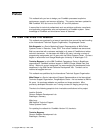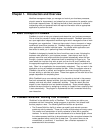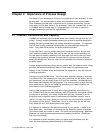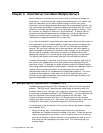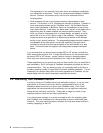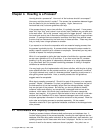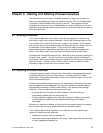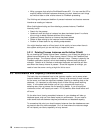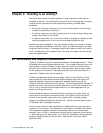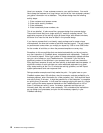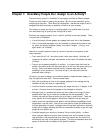
Chapter 4. How Big is a Process?
How big should a process be? How much of the business should it encompass?
How many activities should it contain? The answer lies somewhere between bigger
than the head of a pin and smaller than a galaxy. Again, there are no
hard-and-fast rules, but some guidelines can help.
If the process has only one or two activities, it is probably too small. If one person
does “this” then “that” and is done in one minute, then FlowMark may not add much
to the work effort. But is this “process” really part of a bigger picture? Look at the
front and back ends to see if these two activities are really part of a larger business
process. Or perhaps there are exception conditions that result from special cases
or errors that are discovered by the work done in these activities. These may show
that you really have a larger process to consider.
If you expect to run the entire corporation with one massive looping process, then
the process is probably too big. A process should represent the steps needed to
satisfy a specific request from a customer or employee. Sometimes you may want
to break a request into multiple processes.
While it is not possible to define the ideal number of activities for a process model,
we can use a guideline of 5 to 20 activities. If you have more than 20, consider
breaking it up by using starts of independent processes or by using subprocesses.
If you have fewer than five, consider combining processes or folding in exception
conditions as mentioned above.
You may begin your first implementation with fewer activities, with the plan to bring
more outside activities into the process model as you gain experience in workflow.
You might automate only a part of a business process, expecting to add more to it
after gaining some experience. Here, a smaller process than the guidelines
suggest would be acceptable.
What about exception processing? Should it be part of the process, or a separate
process? Maybe. (Remember: no rules, just guidelines.) If exceptions are part of
the business and do not last markedly longer than the average process, maybe
they are just part of the process. But let's say you have a process to handle
customer orders and shipping, and occasionally a damaged order arrives at the
customer, which starts a six-month-long involvement of insurance companies,
lawyers, and lawsuits. In this case it might be better to have an activity in the main
process call the FlowMark API to start a separate damaged order claim process
and pass appropriate information in the source container to that process. Allow the
main order and shipping process to complete separately. All the needed
information should be in your application database, available to the damaged order
claim process.
4.1 Performance and Capacity Considerations
Creating a process instance influences both performance and database size. It
involves copying parts of the process template, inserting the new instance into the
database, and then doing some evaluation at the process level, staff resolution, and
updating process lists for those users who have it displayed. As this is a non-trivial
amount of work for the server, make sure there is payback. Very short one- or
Copyright IBM Corp. 1996, 1998 7



